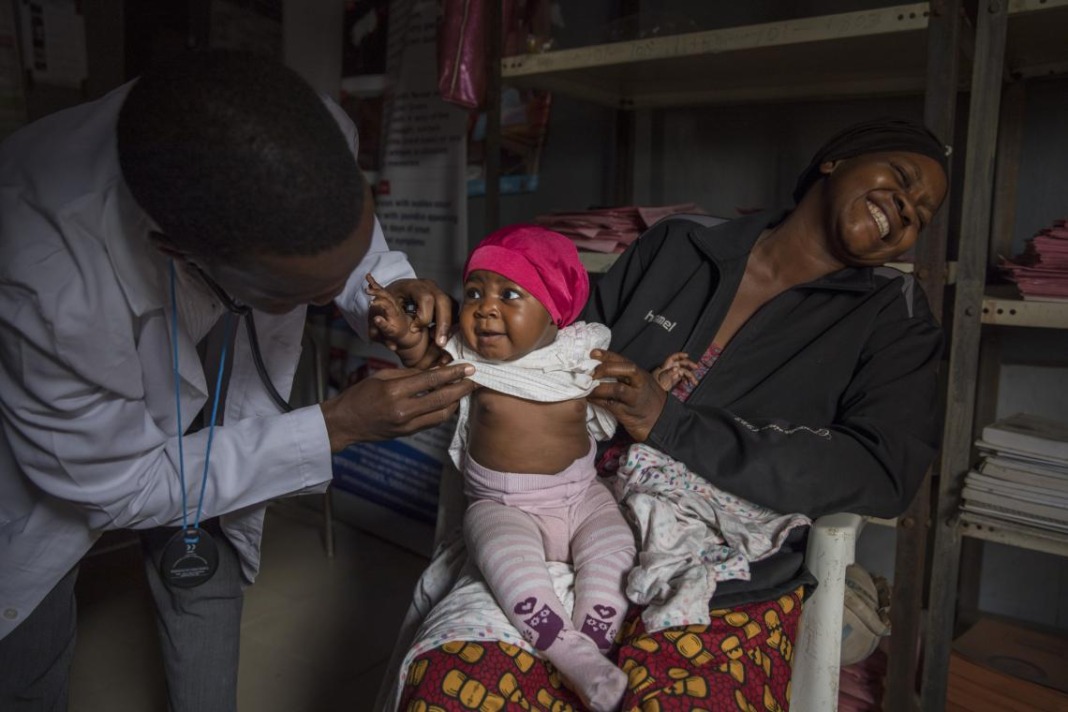In 2019, a heart-wrenching 740,180 children under the age of 5 succumbed to pneumonia, painting a stark picture of the profound impact of this acute respiratory infection. Accounting for 14% of all deaths in this age group, pneumonia has emerged as a critical global health concern, necessitating comprehensive efforts to prevent, diagnose, and treat this devastating disease. Recent data underscores the urgency for concerted action, particularly in regions like southern Asia and sub-Saharan Africa, where the burden is most acute.
Overview of Pneumonia
Pneumonia, characterized by inflammation of the lungs, particularly the alveoli, interferes with the normal exchange of air. This results in the filling of small sacs with pus and fluid, causing painful breathing and restricted oxygen intake. Shockingly, pneumonia stands as the single largest infectious cause of death in children globally. Alarming statistics reveal that 22% of deaths in the 1 to 5 age group can be attributed to this preventable and treatable disease.
Causes and Transmission
Pneumonia is caused by various infectious agents, including viruses, bacteria, and fungi. Streptococcus pneumoniae and Haemophilus influenzae type b are common bacterial culprits, while respiratory syncytial virus leads the list of viral causes. Understanding the transmission pathways is crucial, it can be spread through inhalation of infected air, air-borne droplets, and even blood, especially during and shortly after birth.
Presenting Features and Risk Factors
The symptoms, whether viral or bacterial, include cough, difficult breathing, and fever. Fast breathing or lower chest wall indrawing are key diagnostic markers in children under 5. Vulnerable populations, such as those with compromised immune systems due to malnutrition or pre-existing illnesses like HIV, face heightened risks. Environmental factors like indoor air pollution, crowded living conditions, and parental smoking also contribute to susceptibility.
Treatment and Prevention Strategies
Prompt antibiotic treatment is the cornerstone for managing bacterial pneumonia, with amoxicillin dispersible tablets as the first-line choice. However, a stark treatment gap exists, as only one-third of affected children receive the antibiotics they need. Prevention remains pivotal, emphasizing immunization against Hib, pneumococcus, measles, and whooping cough. Adequate nutrition, exclusive breastfeeding for the first 6 months, and addressing environmental factors such as air pollution and hygiene further bolster prevention efforts.
Global Action Plan and WHO Response
Recognizing the gravity of the issue, the World Health Organization (WHO) and UNICEF have jointly implemented the Global Action Plan for Pneumonia and Diarrhoea (GAPPD). This comprehensive initiative aims to accelerate pneumonia control through a strategy encompassing protection, prevention, and treatment. Key actions include promoting exclusive breastfeeding, vaccination, hygiene promotion, and ensuring access to proper care and medications.
Several countries, including Bangladesh, India, Kenya, Uganda, and Zambia, have developed plans to intensify actions against pneumonia and diarrhoea. Integrating specific strategies into national child health and survival programs is a crucial step toward achieving Sustainable Development Goal targets for reducing child mortality.
The Urgency of Action
Effective diagnosis and treatment of pneumonia are pivotal in improving child survival rates. Ending preventable pneumonia-related deaths is not just a goal; it is an urgent priority to achieve global health equity and ensure a brighter future for children worldwide. As we move forward, a collective commitment to addressing the treatment gap, enhancing preventive measures, and sustaining global initiatives is crucial.
A Call to Action: Beyond the Numbers
Beyond the numbers, each statistic represents a life cut short, a potential unrealized. It is a call to action that the world cannot afford to ignore. As we inch towards a global population of 8 billion, ensuring the health and survival of every child is not just a moral imperative but a strategic investment in our collective future. A future where pneumonia, once a formidable foe, becomes a preventable and treatable condition, sparing millions of families the anguish of losing a child to this silent killer. It is time to translate data into action, to transform the statistics into stories of triumph and resilience, and to forge a path towards a world where no child’s life is curtailed by pneumonia.



